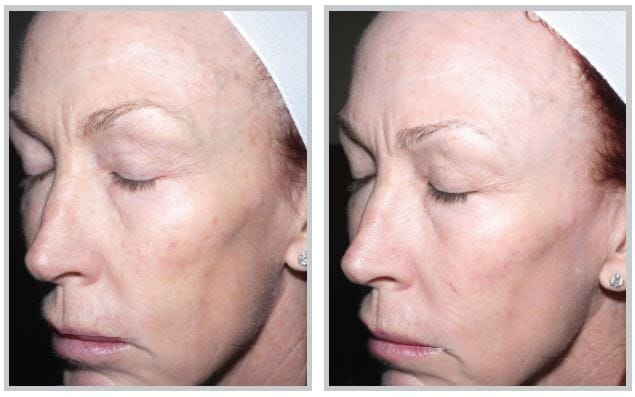

- #Laser guided obsidian scalpel Patch
- #Laser guided obsidian scalpel upgrade
Prevents you from switching places or being pushed when colliding with people.

Left-clicking people with an empty hand will Harm them if on, or Help them if off.

Step 6: Turn off Combat Mode Enable with 4, disable with 1 or toggle with F by default. Step 5: Aim at the appropriate body part (important!). will make you fail every surgery step on purpose. It doesn't matter if Combat Mode Enable with 4, disable with 1 or toggle with F by default. Step 4: Turn off Combat Mode Enable with 4, disable with 1 or toggle with F by default. If you continue without fixing, you will stab your patient instead of doing surgery. If you done step 1 wrong, it will tell you that you must remove clothing first.Step 3: Place drapes or bedsheet over the part of body you are operating. Step 2.2: (Optional) Use a tank of anesthetic and a breath mask to make your patient sleep. For example: Ethanol gives +10% surgery speed, Manly Dorf +15%, Bacchus' Blessing +46%. The stronger the alcohol, the more effective! The formula is: 0.1*(booze power/65).
#Laser guided obsidian scalpel Patch
Step 2.1 (Optional) Splash on, spray or apply a patch with Miner's Salve (+10%), Sterilizine (+20%), alcoholic drinks (up to +46%), or Honey (+60%) for faster surgery speed. The speed of completing every step will be reduced.
If there is no operating table, you can use: Stasis bed (-10%), any table (-20%), any bed (-30%), ask them to lie on the floor (-50%). shove a person onto the table and tell them to rest, though they might not appreciate this. Then left click the operating table to place the patient on it. #Laser guided obsidian scalpel upgrade
Repeat after a short delay to upgrade grab to aggressive (lvl 2), neck (lvl 3) and strangling (lvl 4). Do this doing a Hold CTRL and left-click a person with your hand empty. Step 2: Place the patient onto the operating table. Helmets, eyewear and masks always obscure the eyes, make sure to remove them if working on the eyes.
Important: The uniform the patient is wearing usually covers both legs, arms, groin and torso. You can do this by dragging them onto yourself, and then clicking the clothes you want to remove from them in the pop-up. Step 1: Undress the part of the patient that needs surgery. Result: The step takes 20 seconds and has a 20% chance to fail. Those 20 extra seconds that were removed when we capped it to 20 seconds is now your chance to fail. Now the surgery is slowed to 40 seconds, but since it's capped at 20 seconds it takes 20 seconds. Say a surgery step takes 10 seconds by default, but you use a pen (25%) instead of a hemostat and do it on the floor (50%) instead of a surgery table. Failing may cause extra damage or other effects. Every second after that cap will instead add 1 percentage point into the odds of a failure. A step that takes 10 seconds would cap at 20 seconds, for example. However, the slowness is capped to 2x the original time the step would have taken. These percentages stack with the percentage point bonus or malus from using different tables or chemicals (see Beginning of any Operation). For example, if it says "50%" the step takes double the time to complete. The percentages listed next to them show how efficient they are speed wise compared to the basic tools (on TG the percentages used to simply mean success rate until Oct 2019). Information about most tools used in surgery can be found here.įor every tool there are ghetto analogues. 3.1.2 Other organs that require Organ Manipulation. 3.1.1 Ordinary organs that require Organ Manipulation. 3 Procedures requiring no research or computer.







 0 kommentar(er)
0 kommentar(er)
